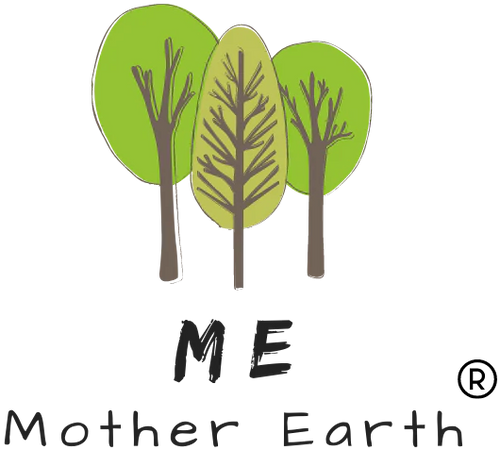A wise person once said, “You can’t know what nobody told you,” and it stands to reason that certain interests would rather you didn’t know some rather horrific statistics. Such as:
- Nearly 300 million tons of plastic that is destined to be garbage are produced annually.
- The United States is the world’s top generator of plastic waste.
- The US generates more than 35 million tons of plastics but recycles just 8.3% of it. (statistics 2022)
Crap. Now you know.
In the good(?) old days, plastic waste was considered manageable. That was before plastic became the ‘go to’ solution for packaging and literally everything else. Think about it - toys, housewares, utensils, fabric, furnishings, the list goes on and on and on. Currently, the world produces approximately 300 million tons of plastic every single year; an amount that almost equals the combined weight of the total human population.
And we’re the worst. Or should I say the US is # 1 when it comes to generating plastic waste and the third contributor to ocean plastic waste. yay? Let’s also mention that although we have the world’s largest economy, we represent only 4% of the human population and yet we generate 12% of global municipal waste. In layman’s terms, we make a heckin lot of garbage per human.
We have to do better. So let’s start with something simple. Washing dishes.
So how many plastic bottles of liquid dish detergent do you buy a year? Do you go to some warehouse store and get a ginormous bottle of generic stuff or just buy a bottle at the supermarket? I bet this is some plastic that you weren’t worried about because it’s “recyclable.” I assumed big bottles like that were most often made of type 1 or 2 in that cute little triangle, but I just checked and the ginormous jug o’generic my hubs insisted on getting is type 3 - unlikely to be recycled at all.
Now I’m depressed and wallowing in my privileged, first world, self-pity. Does this have to be so hard?
Nope. What we’re buying in those bottles is 80% water. What happens when you take the water out? Soap without the need for plastic packaging. Let me introduce you to the dishwashing soap bar. Cuts through grease, leaves glasses sparkling, manages all the cliche talking points from that silly commercial. In other words, a solid soap can work just like a liquid soap and come packaged in paper. No single-use plastic involved. (I recently noticed another company advertising it’s liquid soap is now packaged in 100% PCR or post consumer recycled plastic. This is greenwashing- sounds great, goes straight to landfill.)

So let’s put a cherry on the top of our new found dish soap and try something other than a sponge made out of plastic. So many options! We could try a Eco-dish sponge made from loofah, a Swedish dish cloth (love them!) or a coconut scrubbie. If you’re like me and like to keep your delicate desert flower fingers out of the water, go with the classic kitchen dish brush, but one made of beechwood and sisal instead of PVC. All of these products are compostable at the end of their lives. Wow.
Whether you’re taking the Plastic Free July challenge or just trying to be a better human, it doesn’t have to be hard to make a change. A change can easily become a habit. And if enough of us can change our habits, maybe, just maybe, we can change the world.

